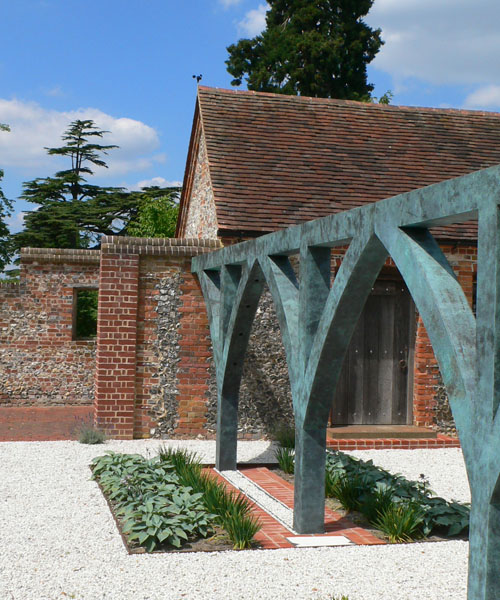









Climate, site location, geology and topography have in the past been a powerful force, shaping buildings that closely reflect the environment that surrounds those who design and build them. No longer forced to adapt to physical context, the design of a contemporary building can be guided almost entirely by social and economic factors, and abstract aesthetics.
Cheap transport, sophisticated forms of construction and environmental control liberate much modern building from historic limitations of physical context and inhospitable weather.
Deeply held human instincts, environmental conditioning and intuition, can make buildings designed with no regard for place, and shaped entirely by remote forces, a frightening and alienating experience. Humans are more at ease with buildings that supply – or reinforce - a local identity.
We look carefully for a site’s positive features, however subtle, to anchor the building’s internal and external spaces in their location. The ripple effect of well-considered spaces sensitively adapted to site and context extends beyond its physical boundaries, and transforms neighbouring areas for the better.